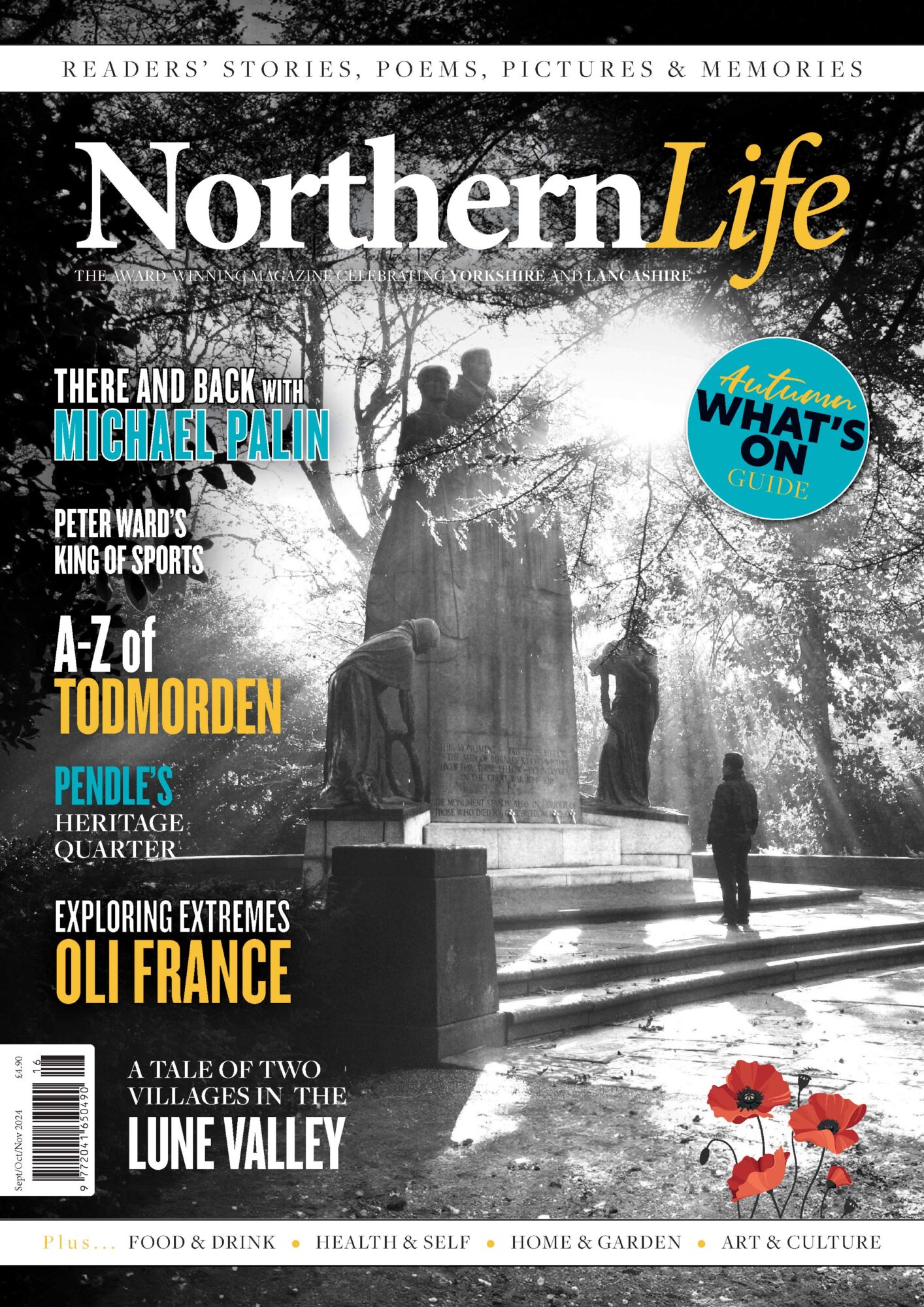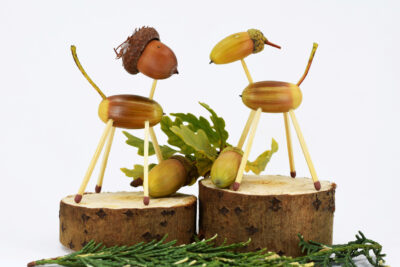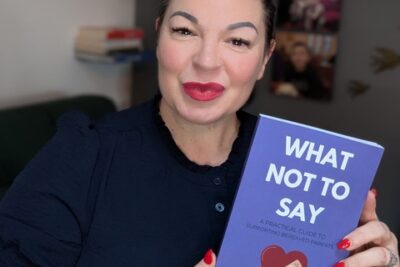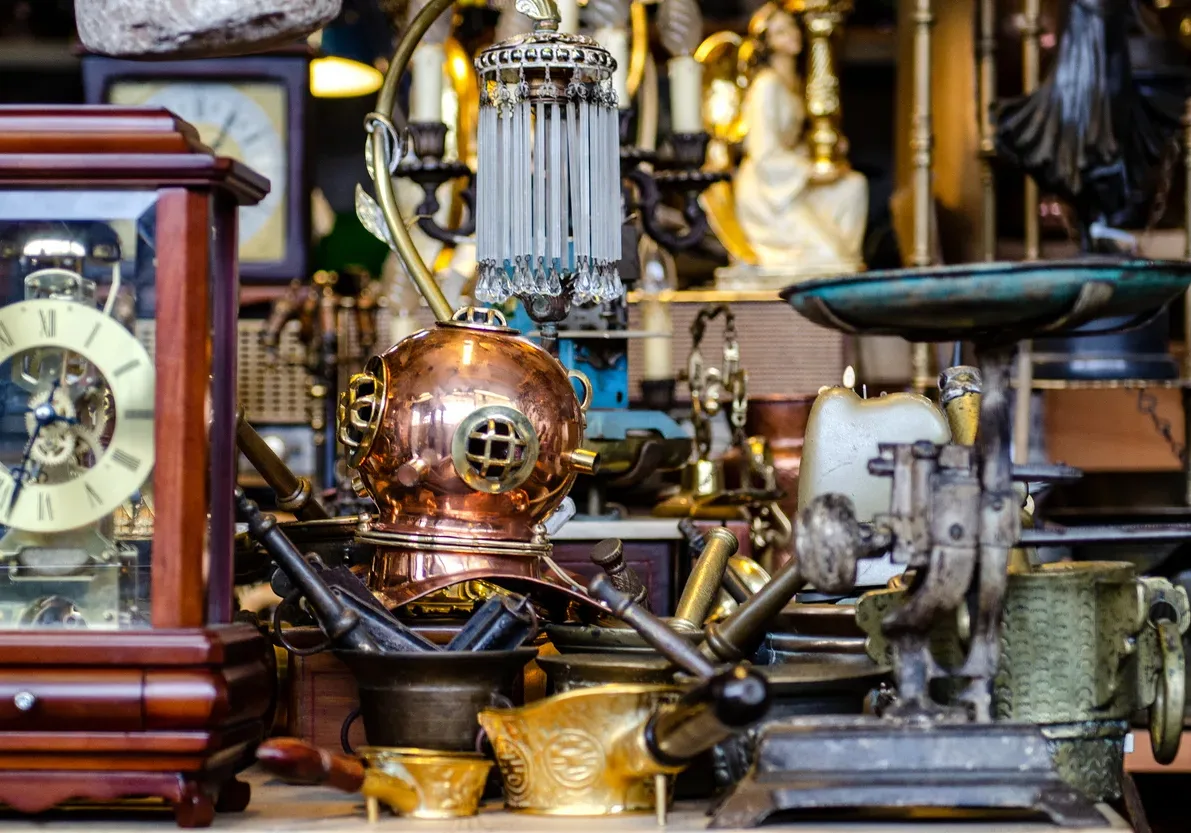
Oddities From the Auction Room
by Steven Parkinson
Known for regular appearances on Flog It!, Bargain Hunt, Dickinson’s Real Deal and Cash In The Attic, and one of the UK’s finest antique experts and auctioneers - Adam Partridge looks at some of the weird and wonderful items from the auction room
If you asked anybody what is sold at auction, most would say jewellery, pottery, and furniture but what about the unusual items? Some items would have people asking, ‘Who would want that?’ An auctioneer’s reply is, ‘Somebody somewhere wants something, and it’s our job to find them and to get them to part with their money.” The truth is, apart from jewellery, the world of collectables like Royal Doulton figurines and cut glass crystal has seen a big shift from being very much sought after to having a limited appeal, but if you have something that is a novelty, is interesting and just weird or unusual then buyers will come out of the woodwork.

Adam Partridge
Some recent items that we have sold that come under this heading are:
A cabinet card depicting Millie and Christine Mckoy, who was born into slavery in 1851; the girls were Pygopagus twins, and their parents were enslaved persons owned by a blacksmith named Jabez McKay, who sold the girls for £1000 to an agent for public exhibition. Today we look at this as appalling, but the fact is, in Victorian times, these girls would have been celebrities, people travelling far and wide just to see them; they were very well looked after and dressed very well and wanted for nothing.
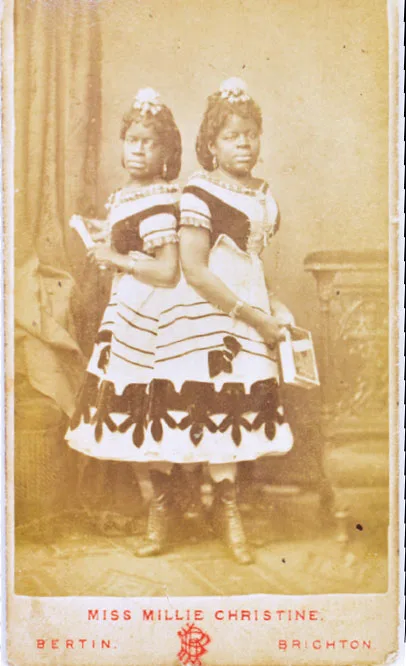
Millie and Christine Mckoy
Another cabinet card (an old photograph sold as a souvenir) was of a pair of dwarfs, possibly part of an entertainment troupe, usually clowns in a circus. The album these were in sold for £320. There are a lot of collectors of photographic images. I think it’s because it’s a reflection of social history.
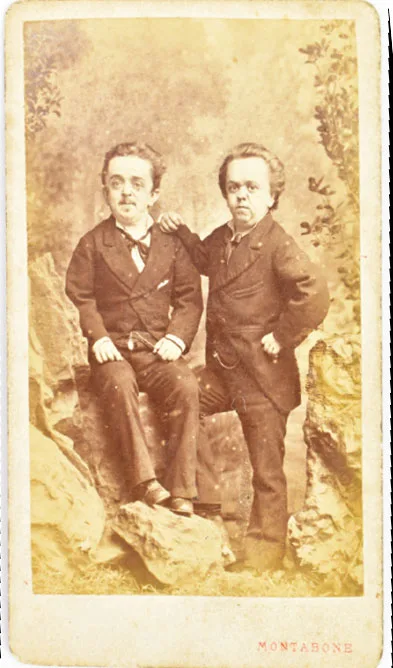
A mid-19th century French sedan, we have all seen this on TV and in films, but if you wanted one, where would you get one? This one was part of a private collection; not sure what you would do with it, but a prop for TV or film rental. This one sold for £1,000.
Coco de mer nut, in the 18th and 19th century, merchant sailors would see these nuts in Seychelles and be fascinated with them because, to them, they resembled the shape and size of a woman’s buttocks on one side, and a woman’s belly and thighs on the other side, they gathered them up and brought them back to the British shores and sold them as things of fascination often with a mythical story, these can sell between £100-£500.

A coco de mer nut
An Alexandrine parakeet in a display case, the average British bird is black or brown with little color apart from some exceptions, but travelers in the 19th century would bring back stuffed examples from their tours or in effect holidays to add to their own collections or museums for guests amaze their guests these today can range from £100-£1,000.
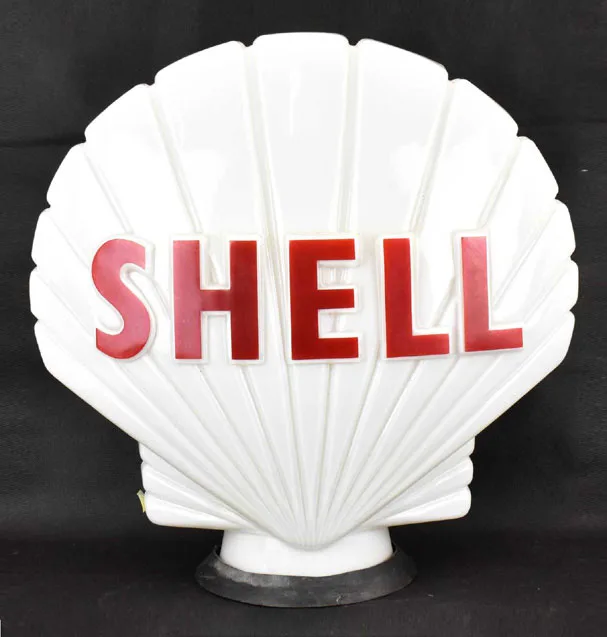
A Shell glass pump top sign go back to when petrol forecourts had attendants who would manually pump petrol into your car. Petrol pumps would all have some form of advertising on them, nobody at the time would think to have these on display in their homes, but now advertising memorabilia is widely collected, and what you would have found in an oily garage in the ’50s is now pride of place in the home. These sell for around £400 – £1000 for rare examples.
You have to remember it all because you don’t like it or, in fact, you think it is rubbish. Someone somewhere will want it; always check with your local auction if you find something that looks unusual, weird and wonderful. You never know. It might be worth a quid or two. Steven Parkinson, senior auctioneer Preston valuation office 01772 347 380
NorthernLife Sep/Oct 23
